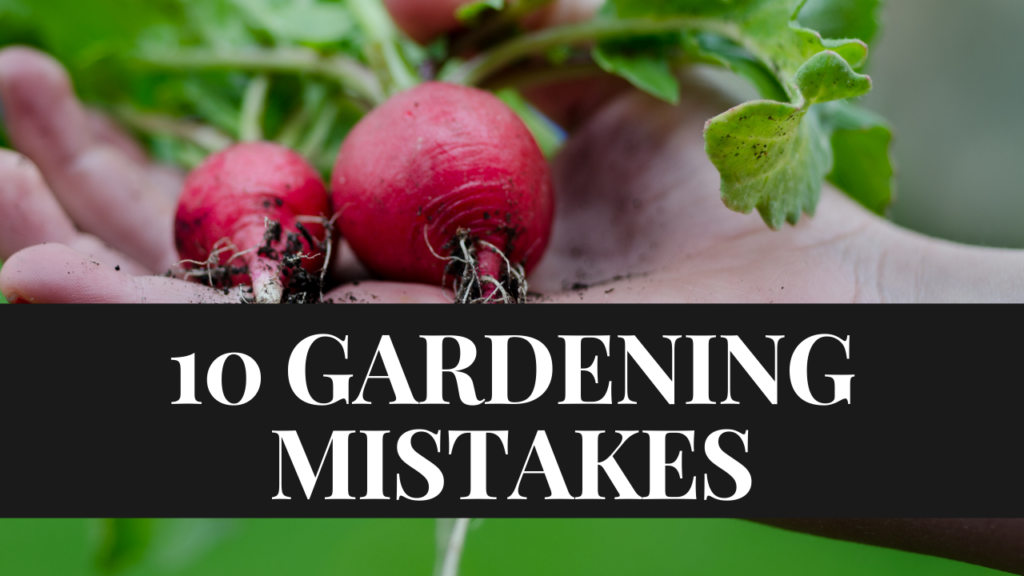10 Gardening Mistakes Beginner Gardeners Make (Gardening for Beginners)
There’s a lot to learn about gardening, but it’s a rewarding experience that’s well worth the effort. Make the most of your gardening with these tips from seasoned gardeners on how to avoid and correct popular gardening blunders.
When we begin something new, we are bound to make mistakes, and gardening is no exception. Here’s a list of the mistakes beginner gardeners make.
10. Allowing Weeds to Take Over.
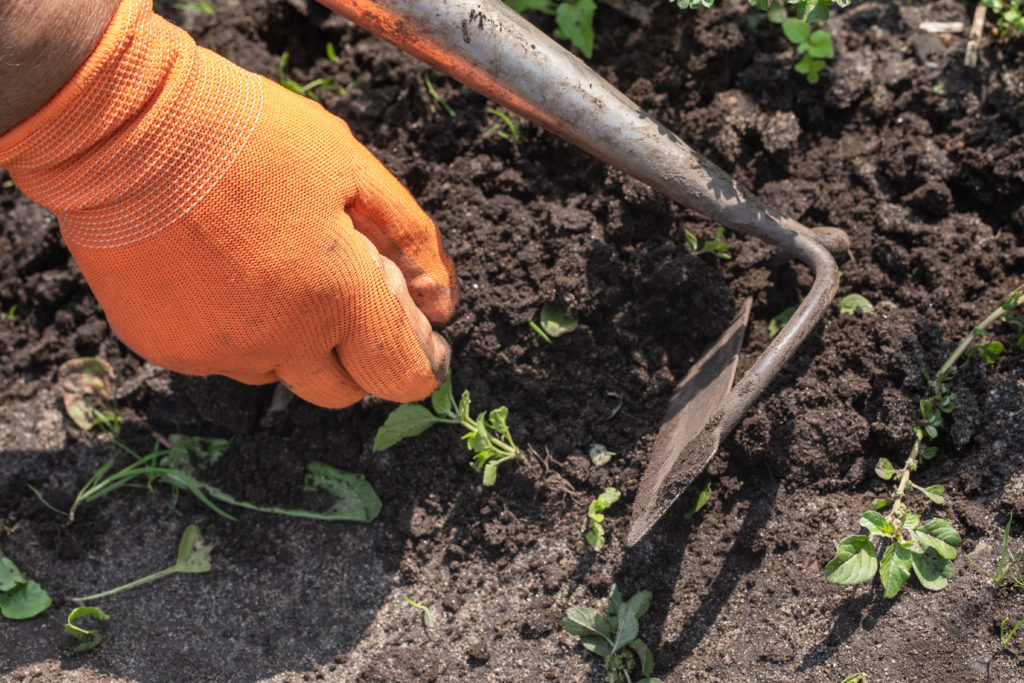
Ignoring weeds will wreak havoc on your yard. They will scavenge all of the vital nutrients that your vegetables need to thrive and produce a good crop from the soil. Before you start planting, take the time to de-weed your garden and keep it up to date. Many people want to use mulch around their plants to keep weeds at bay. Any organic material, such as grass clippings, straw, or dried leaves, may be used as mulch.
9. Not Enough Sunlight.
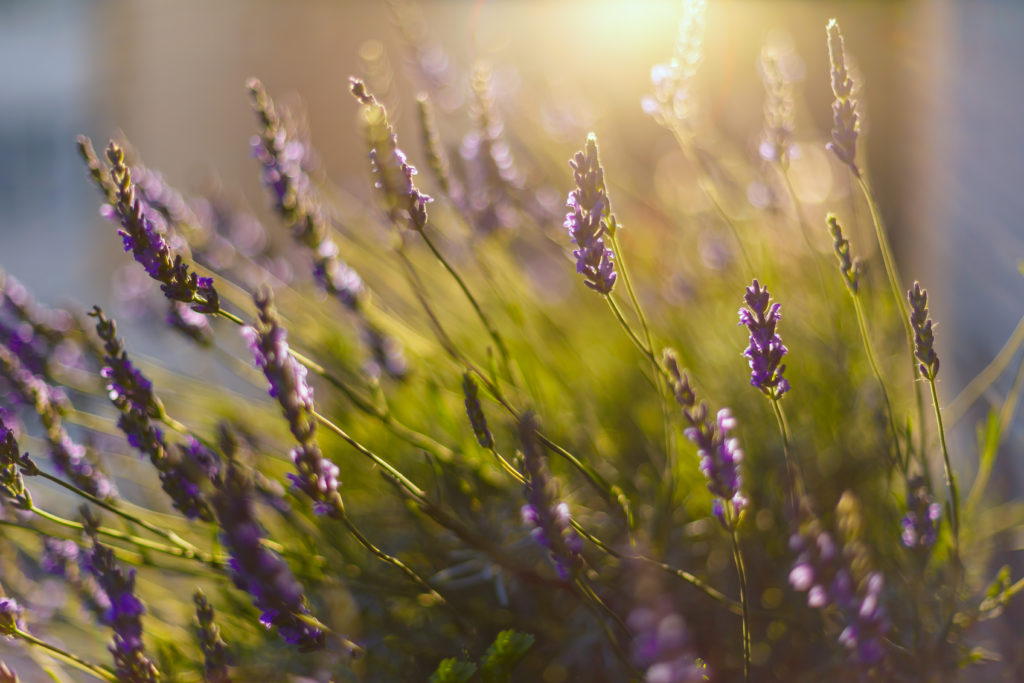
Some novice gardeners believe they have found the ideal garden spot, but they haven’t taken into account how much sun the spot receives during the day. The majority of your vegetables will grow best in direct sunlight all day. This means that tall buildings, trees, and bushes can be obstructing the sun’s path across your garden. The morning sun is particularly beneficial to your plants. The shade will help keep your plants from scorching in the heat of the day, but it isn’t necessary if your plants are well-watered. Before deciding on a place for your garden, think about how much sunshine it will get. Give yourself a day or two to observe the proposed position for sunlight exposure. It’s possible that you simply need to reconsider your garden location.
8. Not Asking for Advice.
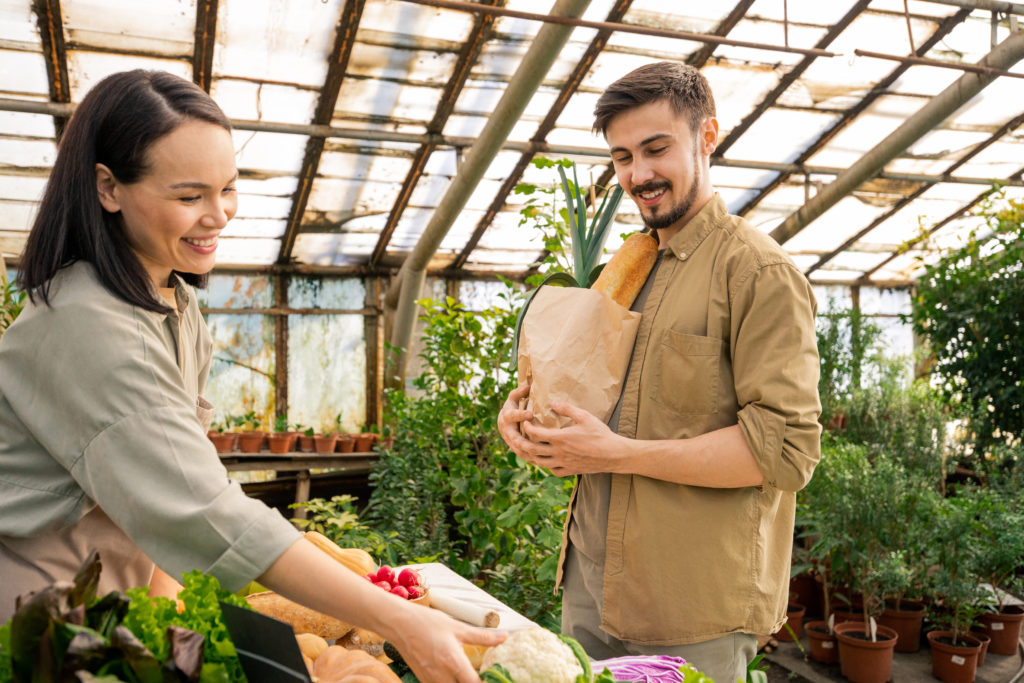
Asking for help, particularly as a beginner gardener, may be more difficult for some people than for others. By simply talking to other gardeners in your neighborhood, you can save yourself a lot of headaches and backaches, not to mention money. Learn what works best for them and what blunders they’ve made. If you’re getting a pest problem, look at what other people are doing to fix it. Rest assured that your issue is not unique and that someone would happily share their experience with you. If you can’t figure out what’s wrong but know something isn’t right, take a photo with your phone and show it to your nearest nursery attendant. He or she would almost certainly be able to make you a recommendation.
7. Watering at the Wrong Time of the Day.

Watering your plants at the wrong time of the day, just like overwatering them, will cause harm and even death to your plants. If you water in the middle of the day, the sun will scorch your plants. Similarly, watering your plants late at night can lead to fungus problems. This is particularly true for plants that do not thrive in wet conditions. In general, it is best to water first thing in the morning.
6. Crowded Planting.

Overcrowding our plants is a common mistake made by new gardeners. Plants need space to breathe. We could end up with toxic, low-producing plants if we plant them so close together that there is no air circulation or exposure to the sun. Take another look at the back of your seed packet to make sure you’re following the directions. While it may seem that they suggest a large amount of space, you may be shocked at how much space your mature plants require. A book on gardening will teach you how to make your garden more effective and profitable as a beginner gardener and be a reference for any future issues you might have.
5. Not Preparing your Soil Prior to Planting.
![]()
![]() Believe me when I say that I am a victim of this! I can’t tell you how many gardens I’ve started without first taking care of the soil. Then I’m left wondering why my plants aren’t doing so well a few days later. Well, you can’t hope to grow beautiful, healthy plants if your soil isn’t in good shape. To survive, your plants need a lot of nutrients, which they get from good soil. If your soil is nutrient-deficient, you can boost its health by mulching organic material into it. If you’re going to use raised beds, you can also purchase garden soil. Determine if your soil is clay, sandy, silty, or loam and prepare accordingly. The majority of plants thrive in loam soil, which is the most nutrient-balanced.
Believe me when I say that I am a victim of this! I can’t tell you how many gardens I’ve started without first taking care of the soil. Then I’m left wondering why my plants aren’t doing so well a few days later. Well, you can’t hope to grow beautiful, healthy plants if your soil isn’t in good shape. To survive, your plants need a lot of nutrients, which they get from good soil. If your soil is nutrient-deficient, you can boost its health by mulching organic material into it. If you’re going to use raised beds, you can also purchase garden soil. Determine if your soil is clay, sandy, silty, or loam and prepare accordingly. The majority of plants thrive in loam soil, which is the most nutrient-balanced.
4. Growing Inappropriate Species.
Beginner gardeners sometimes make the mistake of planting something that does not thrive in their setting. Take the time to learn about the best seed varieties for your particular spot. You will get a good idea of what grows well in your area by contacting your local nursery and speaking with local gardeners. Planting something that isn’t tailored to your environment is a recipe for disaster. Many seeds have been adapted to allow a plant to thrive in a specific environment. Buying your seeds from a nearby supplier is a smart idea. This will result in a better harvest and a more enjoyable gardening experience rather than a stressful one.
3. Growing Vegetables Your Family Doesn’t Eat.
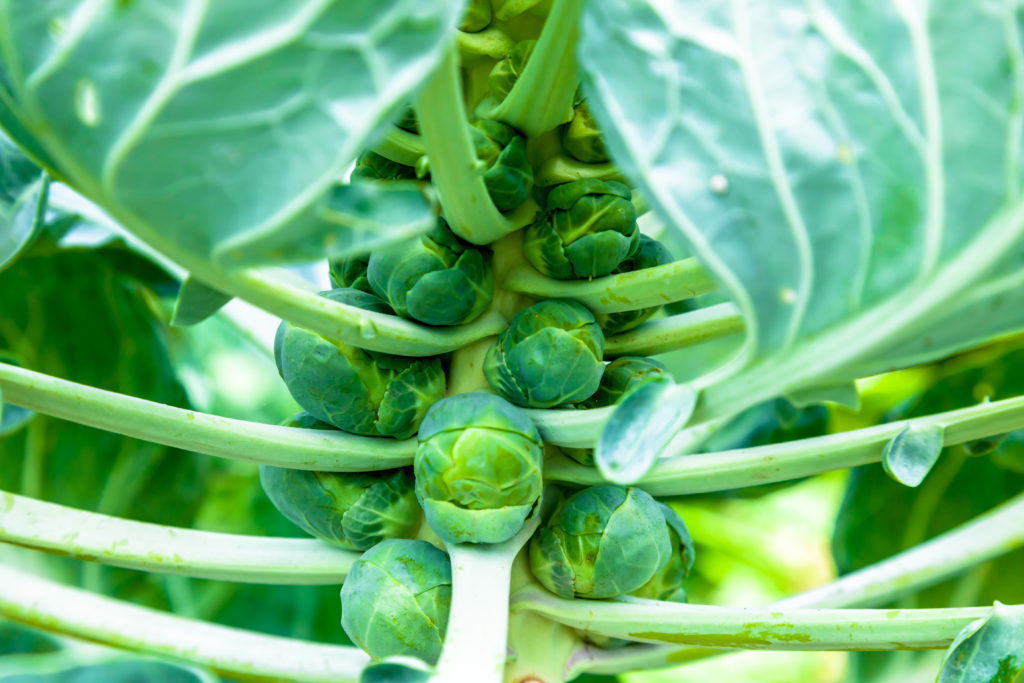
Some vegetables seem exotic and tempting to plant, but why grow them if no one in your family wants to eat them? It’s tempting to want to try anything, but in practice, particularly during your first gardening season, it’s better to plant what you know your family will enjoy. If you enjoy salsa, I recommend starting a “salsa garden” with tomatoes, onions, peppers, garlic, and cilantro! There are seed kits that contain everything you need to get started on a delicious salsa garden. I like growing vegetables that we can pick and eat straight from the garden without having to prepare them. Green beans and cucumbers, for example, are delicious right off the vine. Although zucchini is simple to grow and produces a large number of plants, why grow it if no one in your family likes it? Choose vegetables that you want to eat to prevent waste.
2. Not Having a Plan for Your Garden.
Starting out too large is bad, but not having a strategy for your garden is just as bad. We’d like to believe that all we have to do is throw a few seeds into the soil, and voila! Beautiful, good plants emerge! Unfortunately, we must plan ahead if we want a safe, profitable garden. Your strategy should involve the types of plants you want to use and which ones grow well together and which ones don’t. Consider planting your vegetables in batches so that your harvest is also staggered. Having a plan in place before you start your garden will save you a lot of guesswork and ensure that your first garden experience is a positive one.
1. Starting Out Too Big.
It’s easy to get caught up in the excitement of getting a big, beautiful garden your first season as a beginner gardener. I don’t want to dampen your excitement, but my recommendation is to start small. If you plant a large garden, you will find yourself with a lot of work for which you are unprepared and lack the necessary knowledge and skills. In addition, if you plant a big garden, you can end up with a lot of plants that you don’t need. It’s a good idea to use this first garden as a practice garden, where you can hone your skills and expand your information bank while also building trust for future gardens. This season, plant small, and you’ll be rewarded with a harvest you can manage as well as the satisfaction of knowing you successfully grew your own vegetables!
We strongly suggest you get a book to serve as a reference in your gardening journey.
The books we recommend are linked in the description under this video.
What do you think of our list? Are you guilty of any of those mistakes? Let me know in the comment section below.
Check out the video:
Our recommended books to get you started with gardening:
Backyard Gardening Book (paperback)
Backyard Gardening Book (audiobook)

